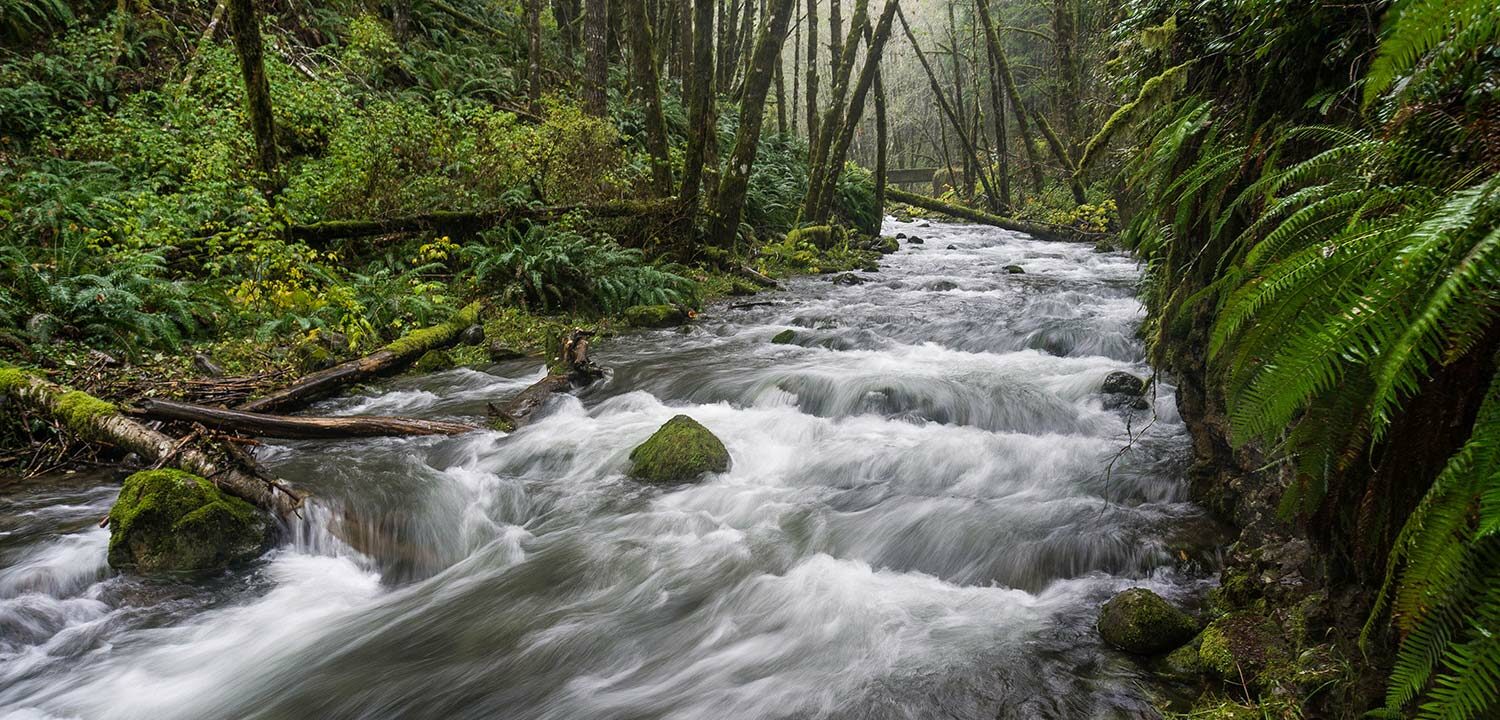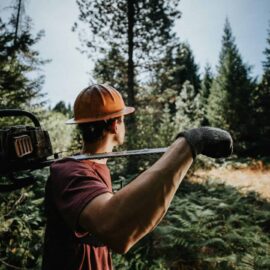Last week, the State Legislature passed the Private Forest Accord and two other landmark bills for forests, fish, and clean water.
The Oregon Legislature’s 2022 regular session delivered some of the most important wins for Oregon fish and forests in Wild Salmon Center history.
Over the span of just 32 days, the legislature passed the monumental Private Forest Accord, which will bring durable protections for salmon and cold, clean water across 10 million acres of private Oregon forestland. The legislature also established the Elliott State Research Forest, which will transform this coastal rainforest into a sanctuary for science. And the legislature allocated a first-ever river resilience funding package to protect streamflows in the face of drought.
The month-long session marked the culmination of decades of hard work from the WSC team and our partners, with the support of our wider community of advocates and donors.

“Oregon is now responding with needed urgency to protect salmon and steelhead and the clean, cold water they require,” says WSC President & CEO Guido Rahr. “The science is unequivocal: Salmon cannot survive the climate change impacts we’re now seeing in Oregon without the streamside protections secured by the Private Forest Accord. That’s why we’ve been fighting for these changes so hard and for so long.
“And as part of strengthening salmon resilience in Oregon, we need to continue to protect key habitats like the Elliott, while delivering reliable water flows in salmon rivers across the state.”
Salmon cannot survive the climate change impacts we’re now seeing in Oregon without the streamside protections secured by the Private Forest Accord. That’s why we’ve been fighting for these changes so hard and for so long.
Guido Rahr, WSC President & CEO
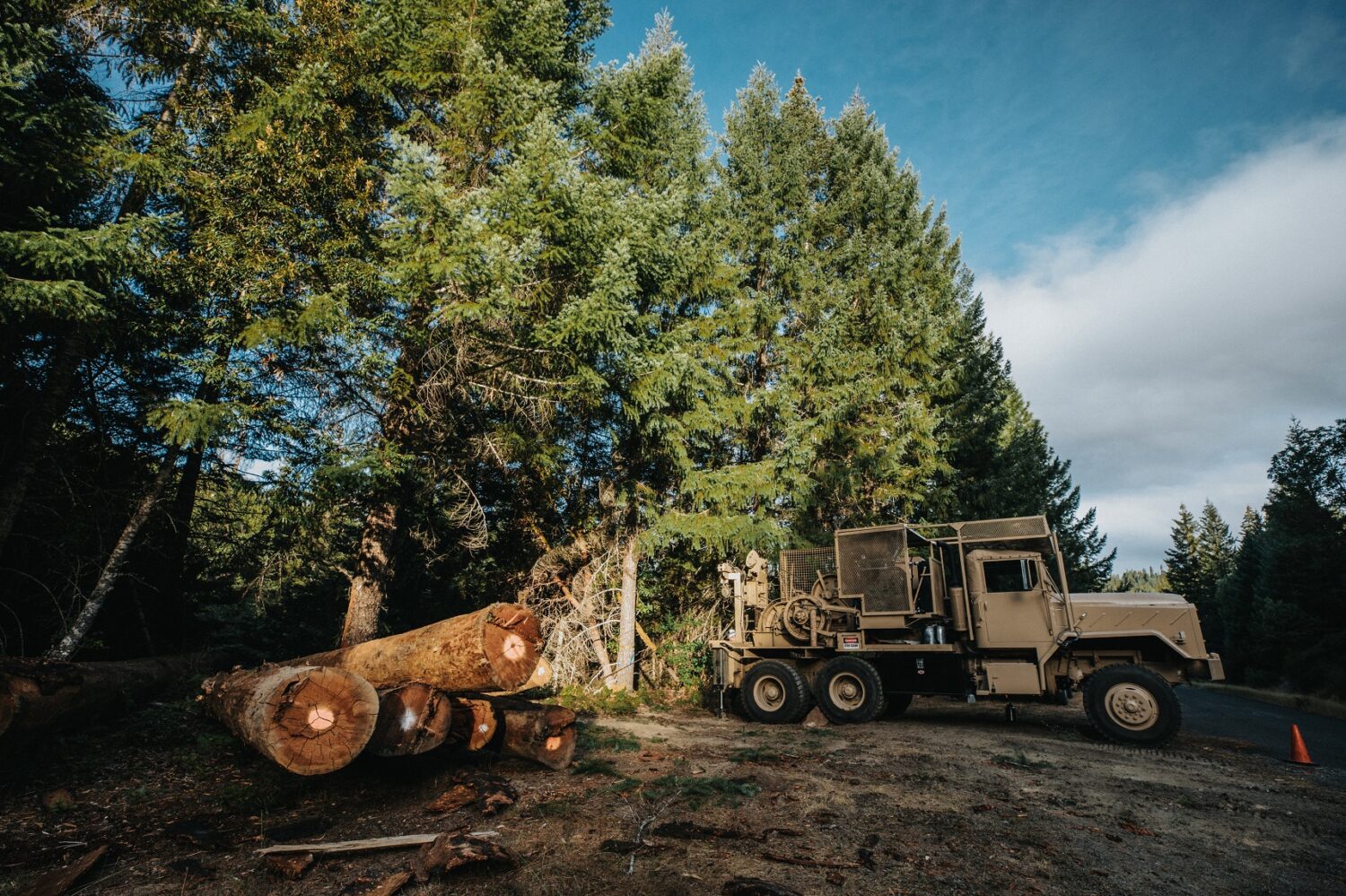
A Bipartisan Win for the Private Forest Accord
With a 43-15 vote in the Oregon House, the historic Private Forest Accord passed the Legislature, making Oregon’s forest laws some of the strongest in the nation.
The bipartisan passage of Oregon’s Private Forest Accord marks the crowning moment of our decades-long campaign to modernize Oregon’s outdated private forest practices—long the weakest on the West Coast.
The result of two years of work between 13 timber industry representatives and 13 conservation and fishing groups including Wild Salmon Center, the Accord updates logging practices to better protect salmon across 60,000 miles of Oregon rivers and streams.
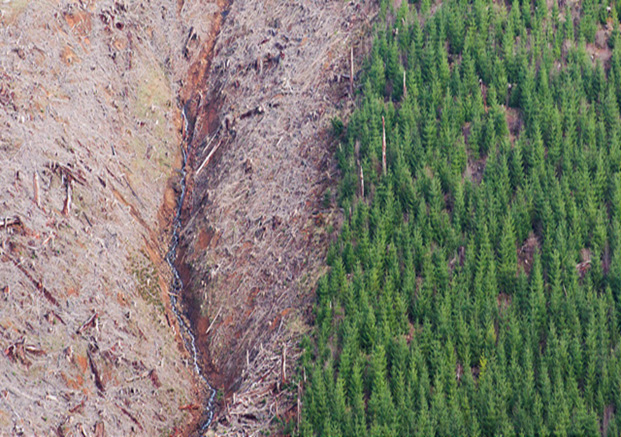
“We didn’t get everything we wanted at the negotiating table,” says WSC Oregon Policy Director Bob Van Dyk, who played a pivotal role in brokering the agreement and led negotiations on the conservation side. “But this agreement is without a doubt an enormous and positive step for Oregon conservation.”
Among many other changes, the bill expands minimum streamside forest buffers while also improving logging practices on steep slopes and management of logging roads—both key factors in water quality.
With increases in winter flooding and lower instream flows and hotter water temperatures in summer, increased stream protections up into the headwaters are critical to keeping rivers and streams clean enough and cold enough for salmon and steelhead in the face of climate change.
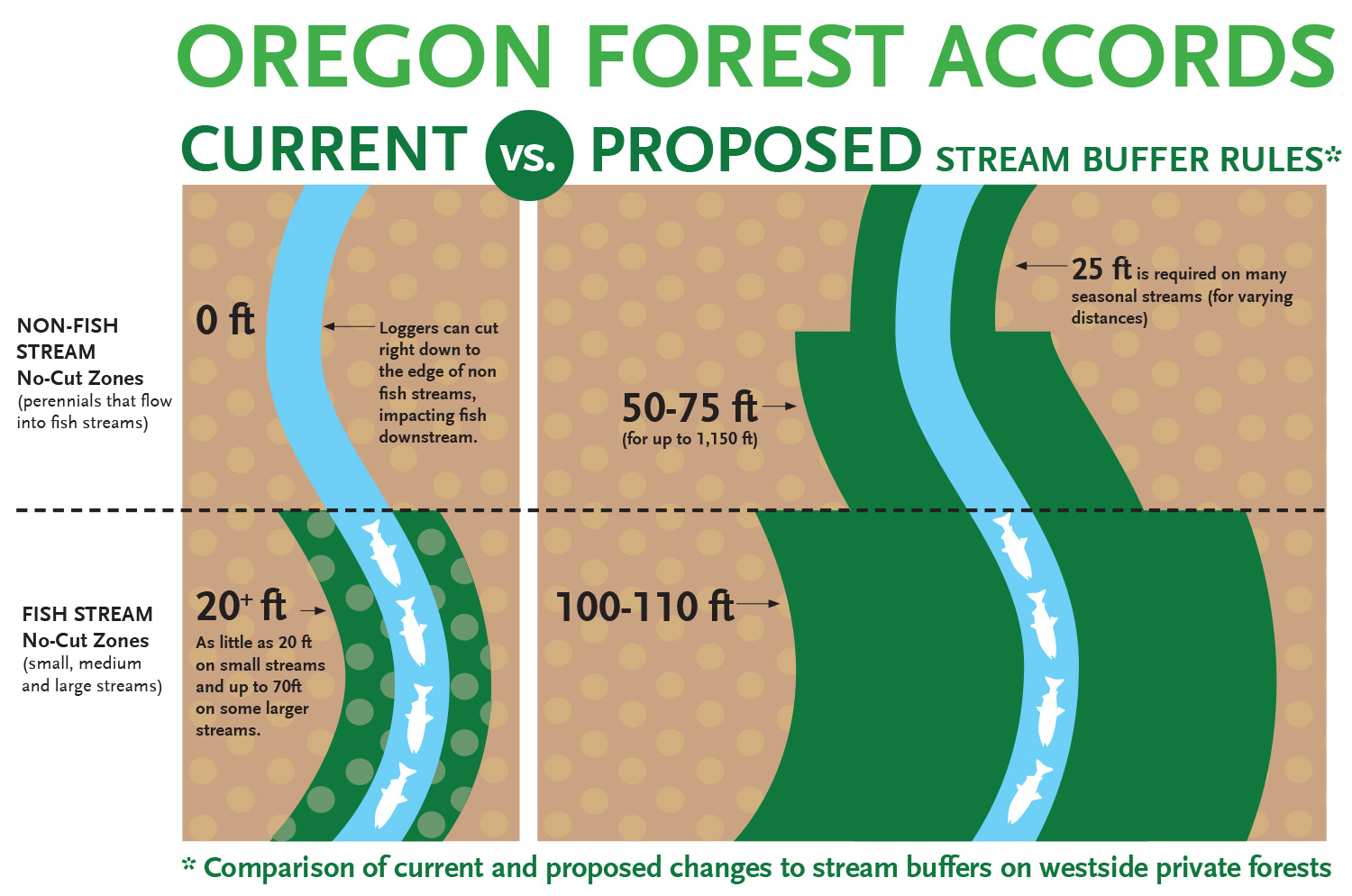
The bill also includes almost $20 million to fund new conservation, science, and landowner-support programs at key state agencies, as well as a 50-year commitment to provide more than $12 million per year in habitat restoration funds.
“Our fisheries, our forests, and our communities will all benefit,” Van Dyk says. “And not only from the measures adopted today, but also from the spirit of compromise that made this possible.”
Our fisheries, our forests, and our communities will all benefit, not only from the measures adopted today, but also from the spirit of compromise that made this possible.
Bob Van Dyk, WSC Oregon Policy Director
HIGHLIGHTS FROM THE PRIVATE FOREST ACCORD:
- Increases stream buffer widths by 10-100% based on stream type and geography, including new protections for headwaters streams, which helps to cool temperatures throughout stream networks.
- Sets new standards for forest road design, inventory, maintenance, management, and culvert design, and provides funding for culvert replacement for qualifying small forestland owners.
- Sets new requirements for unstable slopes to retain trees in key areas to reduce landslide risk and help protect streams and aquatic habitat from sediment.
- Establishes new rules for beavers that reflect the critical role that beavers and beaver dams play in supporting wildlife, including salmon.
- Creates a new stakeholder committee with conservation members that will work with an Independent Research and Science Team to advise the Board of Forestry on recommendations for ongoing rule changes.
Read about the journey to passing the Private Forest Accord here.
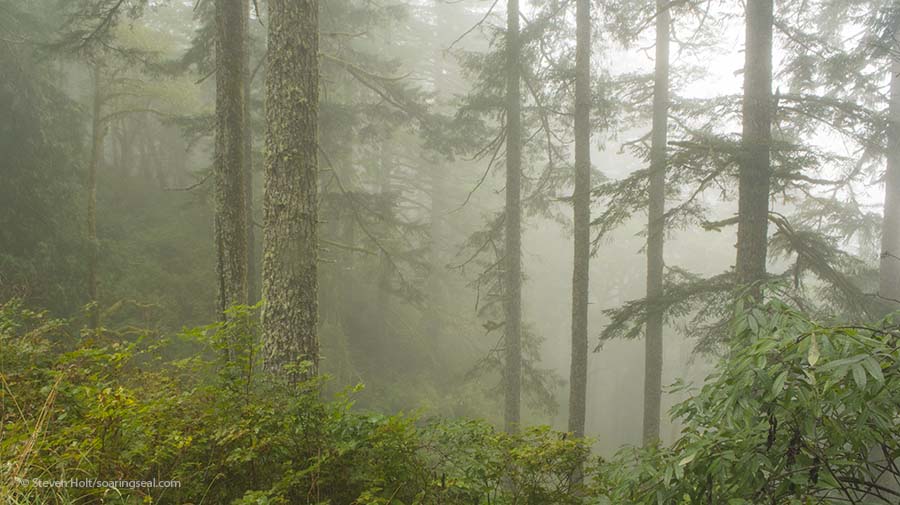
Elliott Secures New Role as State Research Forest
With the approval of SB 1546, Oregon’s oldest state forest will finally be unshackled from logging to fund schools, and protected by strong and durable conservation commitments.
The 82,500-acre Elliott State Forest near Coos Bay is a key producer of Oregon Coast coho, a species that Wild Salmon Center is working to recover through restoration and policy work. The West Fork Millicoma River and Palouse Creek drain out of the forest and into Coos Bay, forming crucial coho spawning and rearing grounds.
But in the Elliott, statute and practice have historically dictated that these state forestlands be prioritized for logging, with timber revenue going to fund public schools. In recent decades, growing public pushback against this funding model led to a morass of litigation, tree sits, management shutdowns, and state efforts to sell the forest to private bidders.
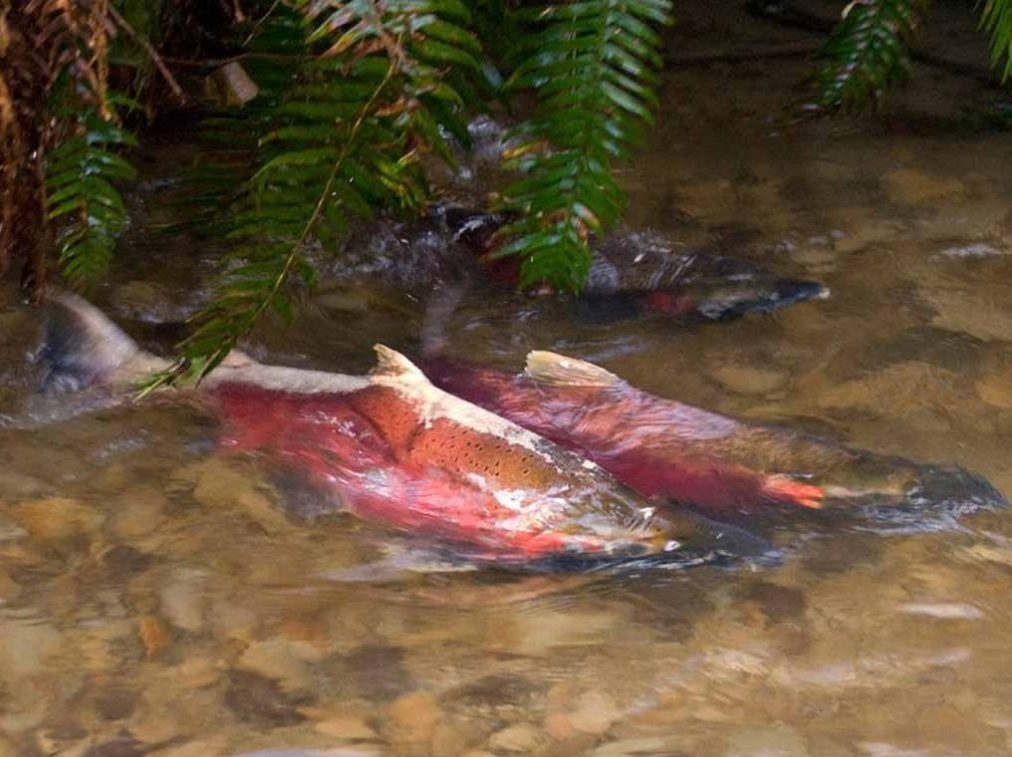
Since 2017, WSC has worked with other conservation organizations to keep the Elliott in public hands while reshaping its role as a timber-fueled piggy bank for schools. That year, Oregon Policy Director Bob Van Dyk was among those appointed to the state advisory committee tasked with negotiating a new plan for the Elliott.
Now, the Legislature has backed the plan, which designates the Elliott as a nationally unique State Research Forest, permanently decouples these lands from school funding, and puts the forest in the hands of a new, independent public ownership and governance entity. As the Elliott State Research Forest, these forestlands will be managed by Oregon State University pursuant to a federally-approved Habitat Conservation Plan, generating forestry, climate, and ecology research with global relevance.
“This long, hard-fought campaign is showing us a way out of the Timber Wars, and toward a public land management ethos that reflects today’s values,” Van Dyk says. “The Elliott’s path mirrors our path as Oregonians.”
This long, hard-fought campaign is showing us a way out of the Timber Wars, and toward a public land management ethos that reflects today’s values. The Elliott’s path mirrors our path as Oregonians.
Bob Van Dyk, WSC Oregon Policy Director
HIGHLIGHTS FROM THE ELLIOTT BILL:
- Appropriates $121 million to decouple the 82,500-acre forest from the Common School Fund. This compensates the school fund for the value of the forest while freeing it from obligations to produce clear-cuts and revenue for schools; it also enables its use in service of scientific research, conservation, and broader public values.
- Creates a new collaborative governance structure tied to a new state agency with independent oversight, conservation representation on its Board, and compliance with public transparency and accountability laws.
- Creates a 34,000-acre permanent reserve on the Oregon Coast, larger than any existing coastal wilderness—protections that are critical in a sea of otherwise highly fragmented forestland habitat.
- Protects 93% of the Elliott’s remaining mature and old-growth forest for imperiled species like the northern spotted owl and marbled murrelet; and advances stream protections and management to aid in the recovery of coho salmon, including an emphasis on recruiting natural sources of wood into fish-bearing streams.
Read more about the Elliott’s journey here.
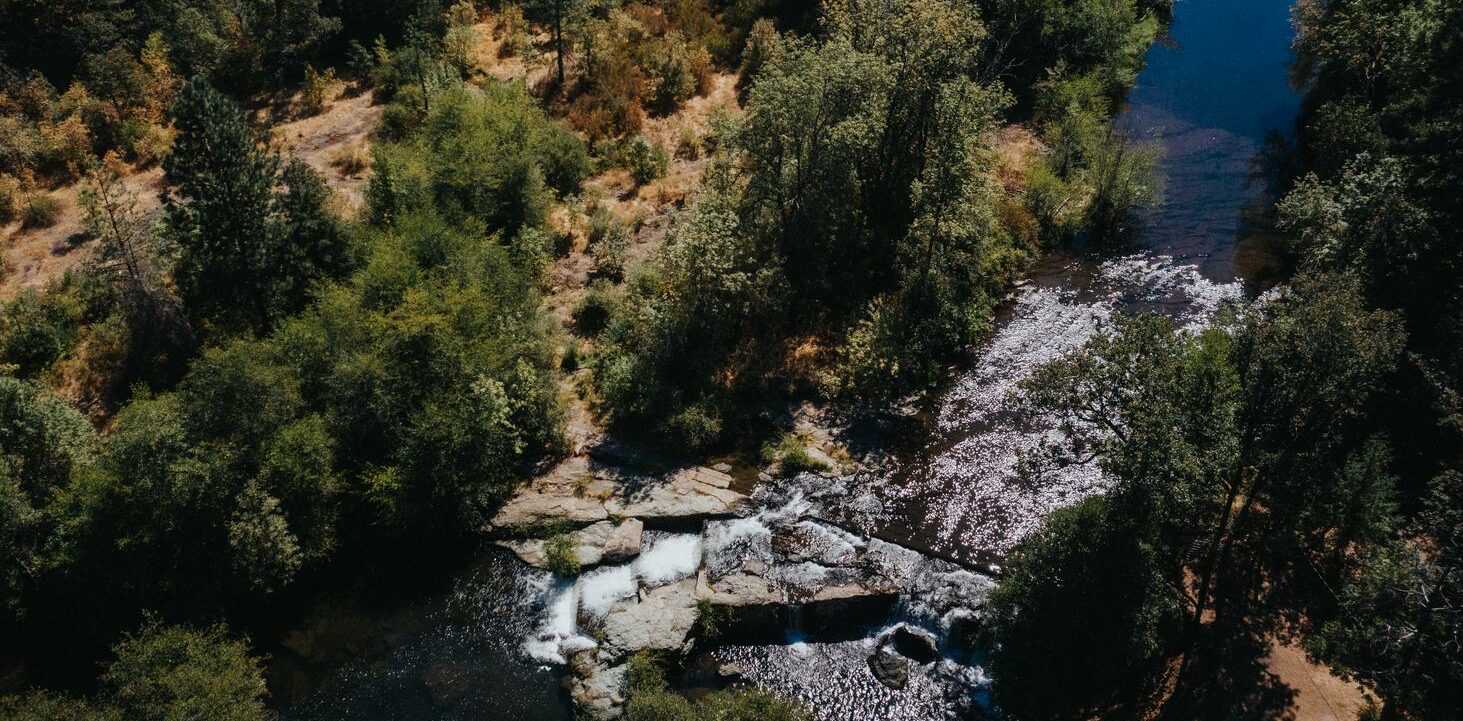
A First-Ever Conservation Drought Resilience Funding Package
With the approval of the state budget came further good news: $25 million in funding to increase the resilience of the state’s drought-imperiled rivers, wetlands, and fish.
For months, WSC Oregon Water Policy Director Caylin Barter and a cadre of core conservation partners have been working to craft and secure a package of state investments to meet both Oregon’s immediate drought resilience needs and set the stage for longer-term planning.
“Oregon’s water systems are stressed by a changing climate, aging infrastructure, reactive management, and chronic underinvestment in clean water,” Barter says. “It was clear to us—and thankfully, to Oregon’s political leadership as well—that we needed to start really investing in the resilience of Oregon’s water future.”
It was clear to us—and thankfully, to Oregon’s political leadership as well—that we needed to start really investing in the resilience of Oregon’s water future.
Caylin Barter, WSC Oregon Water Policy Director
On March 4, the Legislature passed a budget bill that includes the entire $25 million package crafted by WSC and our coalition: a first-of-kind investment that will expand real-time stream monitoring, protect instream water rights, fund the removal of fish passage barriers, provide grants for fish and wildlife conservation projects, and improve the state’s understanding of critical coldwater zones.
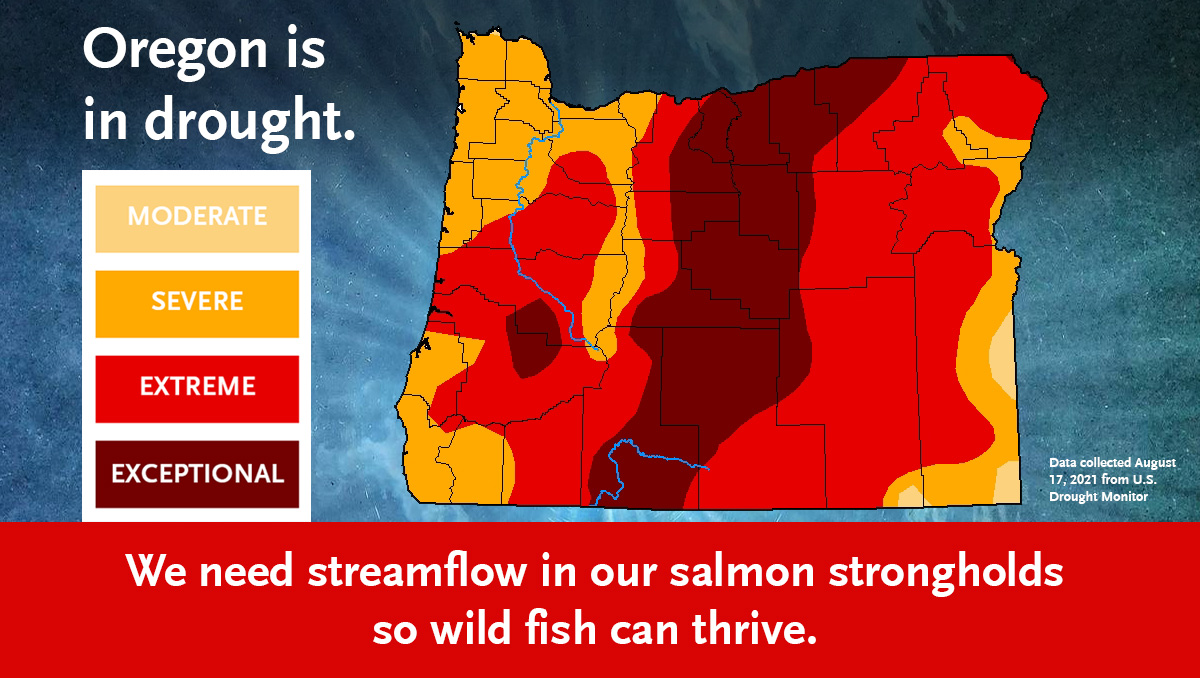
“This funding package is an important step in the right direction to help these systems adapt as droughts become Oregon’s new normal,” Barter says. “Now, what’s needed next is a comprehensive state water plan—one with long-term, well-vetted strategies to address Oregon’s growing water challenges.”
HIGHLIGHTS FROM THE CONSERVATION DROUGHT RESILIENCE FUNDING PACKAGE:
- Provides $2.6 million for the Oregon Department of Fish & Wildlife’s Habitat Division for drought resilience, including mapping of critical cold water habitat, real-time monitoring of water flows to guide restoration and management, and instream water right protection.
- Provides $8 million to fund fish passage barrier removal projects;
- Provides $5 million for ODFW’s Oregon Conservation & Recreation Fund to support environmental restoration projects that increase the drought resiliency of rivers, lakes, and streams; and
- Provides $10 million for the Oregon Watershed Enhancement Board to help water users become more efficient.
Learn more about our approach to water policy in Oregon here.
